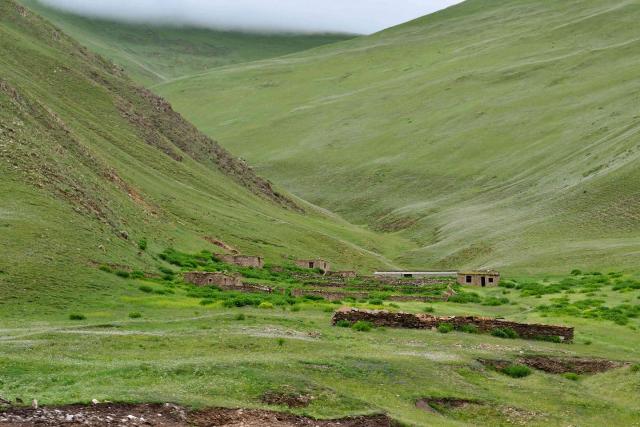Sep 4 2015
Although most of the world's biodiversity is below ground, surprisingly little is known about how it affects ecosystems or how it will be affected by climate change. A new study demonstrates that soil bacteria and the richness of animal species belowground play a key role in regulating a whole suite of ecosystem functions on Earth. The authors call for far more attention to this overlooked world of worms, bugs and bacteria in the soil.
 The Tibetan Plateau in China was chosen as a study site for its extensive variation in climate. Credit:Xin Jing, Peking University
The Tibetan Plateau in China was chosen as a study site for its extensive variation in climate. Credit:Xin Jing, Peking University
Ecosystem functions such as carbon storage and the availability of nutrients are linked to the bugs, bacteria and other microscopic organisms that occur in the soil. In fact, as much as 32% of the variation seen in ecosystem functions can be explained by the biodiversity in the soil. In comparison, plant biodiversity accounts for 42%. That is the conclusions of a new study published in Nature Communications led by Peking University and the Center for Macroecology, Evolution and Climate at the University of Copenhagen.
"Biodiversity below ground is neither very visible nor very cute, but pick up a handful of soil and you might find more species there than all of the vertebrates on the planet. We need to turn our attention towards these organisms, if we are to better understand the ecosystems we depend on for a range of functions", says co-author Aimée Classen from the Center for Macroecology, Evolution and Climate.
The study is unique in relating soil biodiversity to a whole suite of ecosystem functions rather than focusing on a few. These were combined in an index called ecosystem multifunctionality (EMF).
"Ecosystems have multiple functions which are all important. They store carbon in soil and biomass which has massive implications for climate change, but they also hold back and release various nutrients which have effects on natural areas as well as agricultural yield. Therefore, we need to be concerned with the multiple functions of ecosystems, what controls them and how this might change with climate change", says Dr. Xin Jing from Peking University.
The study was carried out at 60 different sites of alpine grassland on the Tibetan Plateau in China which was chosen for its extensive variation in climate across sites. Even though rainfall, temperature and pH varied from place to place, the soil biodiversity always influenced ecosystem multifunctionality.
"The results suggest that the same pattern is likely to be found in other ecosystems around the world. However, our study also shows that the effect of soil biodiversity on ecosystem functions may be greater in areas with higher precipitation. That is important because scientific studies often focus on temperature - not precipitation - when predicting how ecosystems will respond to future changes such as climate change", says Associate Professor Aimée Classen.